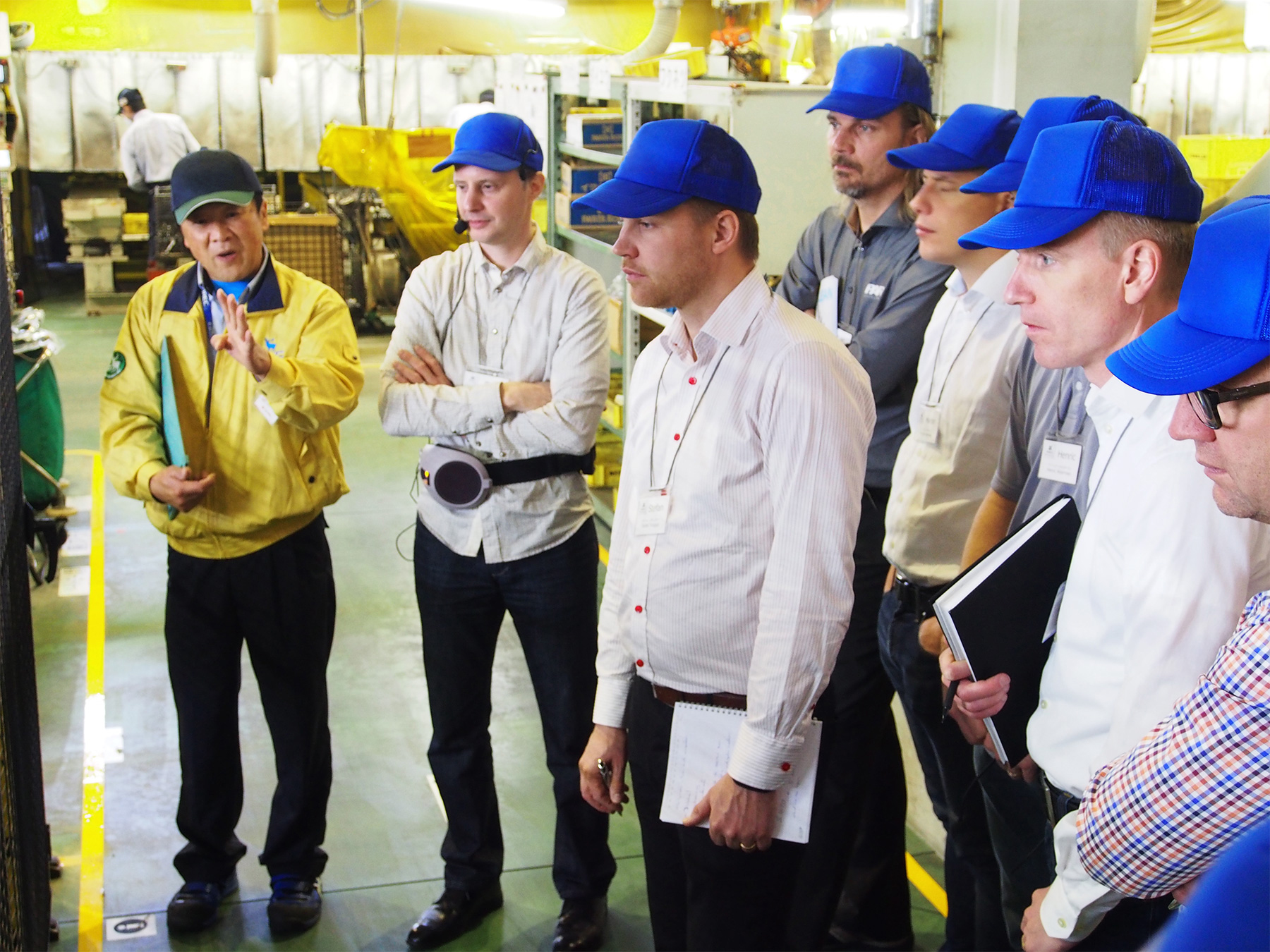Empowering leadership: incorporating problem solving

Imagine a scenario where a team is struggling to meet their project deadlines due to recurring bottlenecks in their workflow. Instead of pointing fingers or relying on temporary fixes, they decide to address the root cause of the issue using problem-solving techniques.
This approach not only resolves their immediate challenge but also empowers team members to take ownership of their work and contribute to the organisation’s growth. In today’s competitive business environment, fostering a culture of continuous improvement is essential for success.
One effective way to achieve this is by incorporating problem-solving techniques into the team culture. In this blog post, we will discuss how leaders can integrate problem-solving into a team culture of continuous improvement and explore three common problem-solving techniques that teams can use to improve and innovate their processes.
Emphasise the importance of problem-solving in the team culture
To create a culture of problem-solving, leaders must emphasise its importance in the team’s daily work. This involves setting clear expectations, acknowledging and celebrating contributions to solving problems, creating a safe environment for open discussions, and encouraging communication and collaboration. By doing so, team members will embrace change and growth.
Provide training and resources for problem-solving
Investing in training and resources helps team members develop their problem-solving skills. This can include:
- Providing access to problem-solving workshops or courses
- Making tools, templates, and presentations easily available to allow teams to follow the process of problem-solving
- Offering resources such as books, articles, and online tutorials
- Creating a library of case studies that illustrate successful problem-solving efforts
- Including Business Improvement specialists in team problem-solving sessions to assist with facilitation and coach the team.
Implement common problem-solving techniques
Below, we will describe three common problem-solving techniques and provide a step-by-step guide for each, accompanied by real-world examples.
The Five Whys
Description: The Five Whys technique involves asking “why” five times to identify the root cause of a problem.
Example: A software development team is experiencing delays in their project delivery.
Steps for using the Five Whys technique:
- Define the problem: Project delivery delays.
- Ask “why” the problem is occurring and note the answer: Inadequate testing resources.
- Repeat the “why” process four more times, drilling down to the root cause:
- Why inadequate testing resources? Insufficient allocation of resources.
- Why insufficient allocation? Miscommunication between project managers.
- Why miscommunication? Lack of a standardised resource allocation process.
- Identify the root cause: Lack of a standardised resource allocation process.
- Develop and implement a solution: Create a standardised resource allocation process and train project managers on its use.
Brainstorming
Description: Brainstorming is a technique for generating ideas and solutions to problems in a group setting, encouraging open and free-flowing discussion.
Example: A marketing team needs to develop a new campaign to increase customer engagement.
Steps for effective brainstorming:
- Define the problem and goal: Increase customer engagement through a new marketing campaign.
- Assemble a diverse group of team members.
- Encourage open discussion and record all ideas without criticism or evaluation.
- After the session, evaluate and prioritise the ideas.
- Select the most viable solution(s) and develop a plan for implementation: Launch a social media contest to increase customer engagement.
The PDCA (Plan-Do-Check-Act) Cycle
Description: The PDCA cycle is a continuous improvement methodology involving four steps: Plan, Do, Check, and Act.
Example: A manufacturing company wants to reduce production errors.
Steps for using the PDCA cycle:
- Plan: Analyse production errors and develop a plan to address them.
- Do: Implement the planned solution on a small scale,
- Check: Review the results of the implemented solution and compare them to the expected outcomes. Identify any discrepancies and determine their causes.
- Act: If the solution is successful, expand its implementation to a larger scale. If the solution is not successful, revisit the planning stage and adjust the approach based on the lessons learned from the initial implementation.
Incorporating problem-solving
Incorporating problem-solving into a team culture of continuous improvement is crucial for organisations seeking to thrive in today’s competitive landscape. By emphasising the importance of problem-solving, providing training and resources, and implementing common techniques like the Five Whys, brainstorming, and the PDCA cycle, leaders can empower their teams to identify and address challenges, ultimately driving innovation and improvement in their processes. As you move forward, embrace these strategies within your own team and experience the transformative power of a problem-solving culture.
If you are interested in finding out more you can get in touch using our contact form or make a booking for a chat.
Respect,
Taylor
Subscribe for updates
We provide free updates and advice regularly to help you improve your business and leadership skills, and for exclusive content there is a paid subscription too!
Follow us on YouTube
Our YouTube channel is a must for Leaders in business who want to empower their teams and improve their processes. You'll find plenty of our current thinking there
Build your Capability with our Members Program

We do consulting differently, in that we believe in building your capability to improve - we want to provide you with the secrets to success, not keep it all to ourselves! Our exclusive Member Program coaches you to be a great Leader, to empower your people to drive improvement, and identify large gains in employee engagement, quality and performance.
Talk to a consultant
We love to have a chat. We also like to make sure we have time just for you. You can book a chat and we can discuss your continuous improvement journey. We are happy to provide as much obligation-free advice as we can during the call, including what would be the recommended next steps for you to take.

